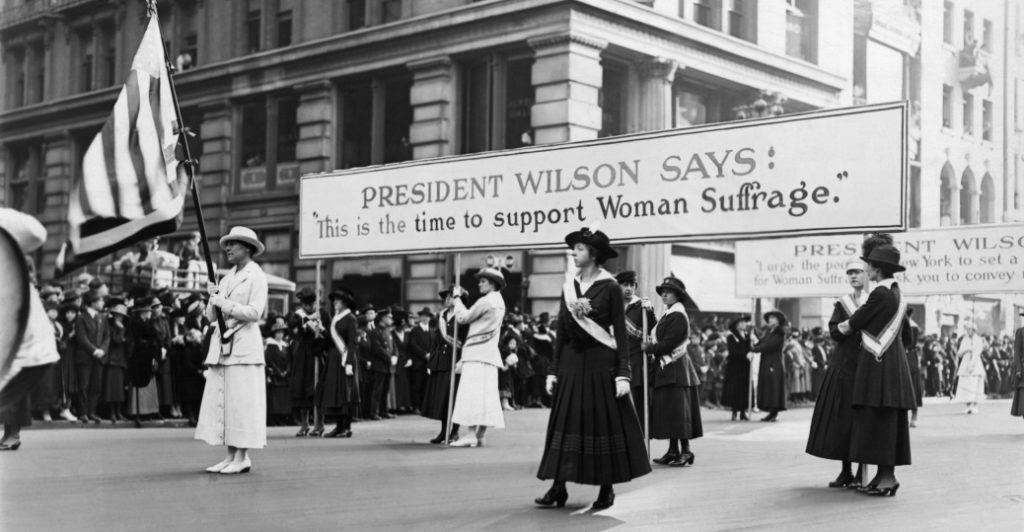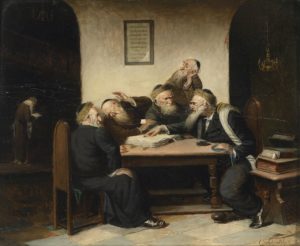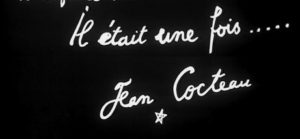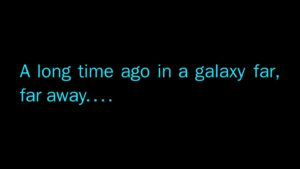
It’s not uncommon for college students to have a problem picking a term paper topic. The class may not interest them, or they may not have any idea what they could write about, or perhaps they just have an aversion to writing term papers. Aside from discussing the matter with your instructor (always a good idea), I would like to present a few thoughts and suggestions which might be helpful.
Try to pick a subject you’re interested in and/or want to find more about. This may not always be possible, but even if you end up selecting a topic at random, try to find an angle that you can relate to.
Pick something for which there is more than enough research material available to you. For instance, if your professor mandates that you use one book, one peer-reviewed journal article, and one article found on the Internet, make sure that you can do this; also make sure that what you use covers is both relevant and covers the subject matter in some detail. For example, if you’re writing a paper on Abraham Lincoln’s Gettysburg Address, using a scholarly article on his wife, Mary Todd Lincoln, as a key source is a bit off the point.
If you cannot find enough material related to your topic, then perhaps you need to either select something else to write about or broaden the scope of your paper. So, if you find a surprising dearth of material on animated propaganda films made in Hollywood during World War II, there’s nothing wrong with expanding your parameters to include live-action movies made during the same period. There’s no glory in attempting to write a paper about a topic, no matter how passionate you are about it, if you can’t find the necessary material you need to write it. (If you still want to pursue the topic, despite a lack of sources, you could talk to your professor about doing an original research paper—but that’s a matter beyond the scope of this post.)
Avoid topics more suitable for a book rather than a 1,500 or 2,000 word term paper. While writing something about the women’s suffrage movement in the United States may seem rather simple, trying to cram all the highlights of its history into a few pages may turn out to be an exercise in frustration. Thus, it wouldn’t be surprising that such a paper would end years before the ratification of the 19th amendment to the Constitution in 1920, simply because the writer reached his/her assigned word count. One obvious solution is to select a more manageable aspect of the story; for example, one might focus on the role of an important figure in the movement, such as Susan B. Anthony, or the role played by an organization, like the National American Woman Suffrage Association.



